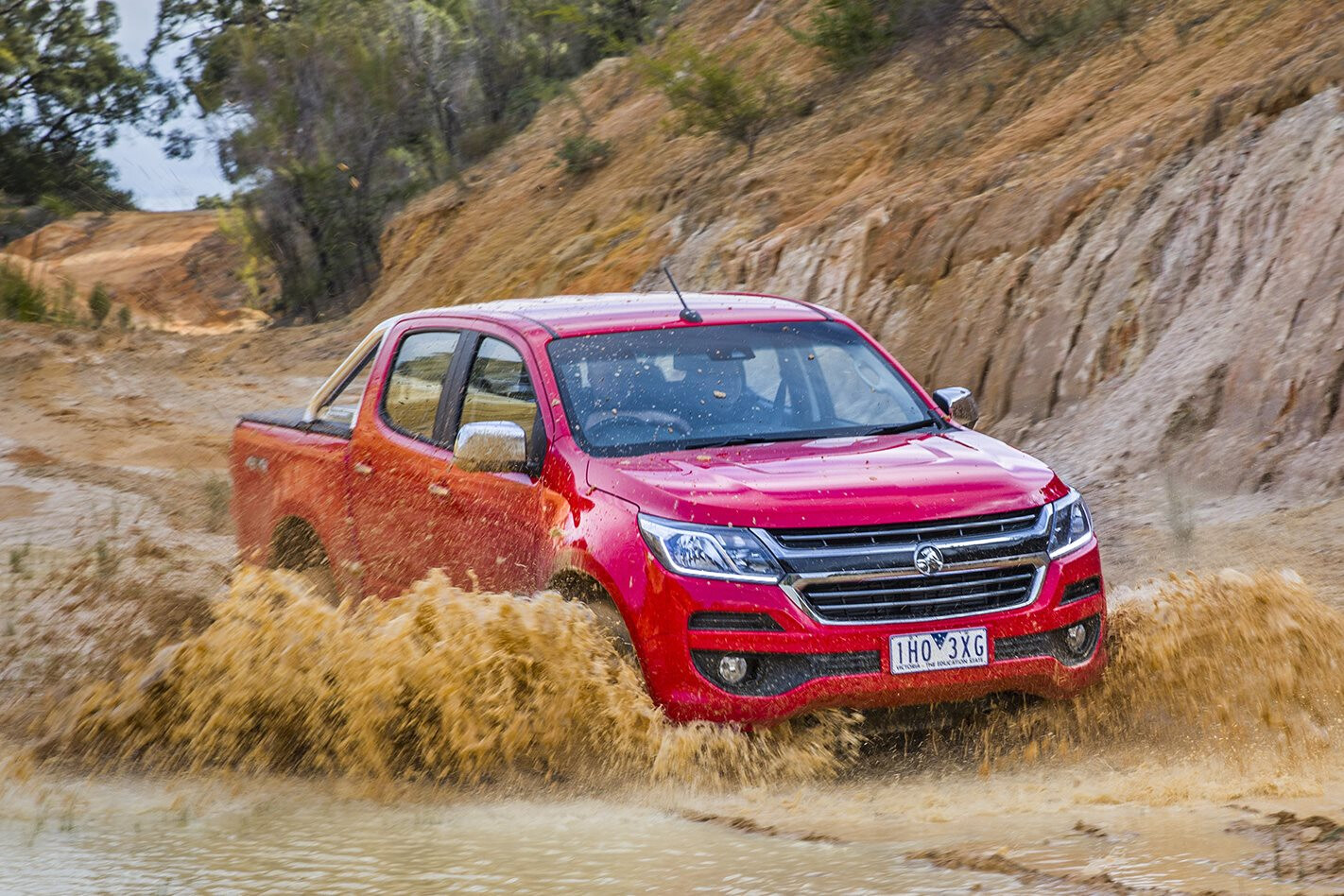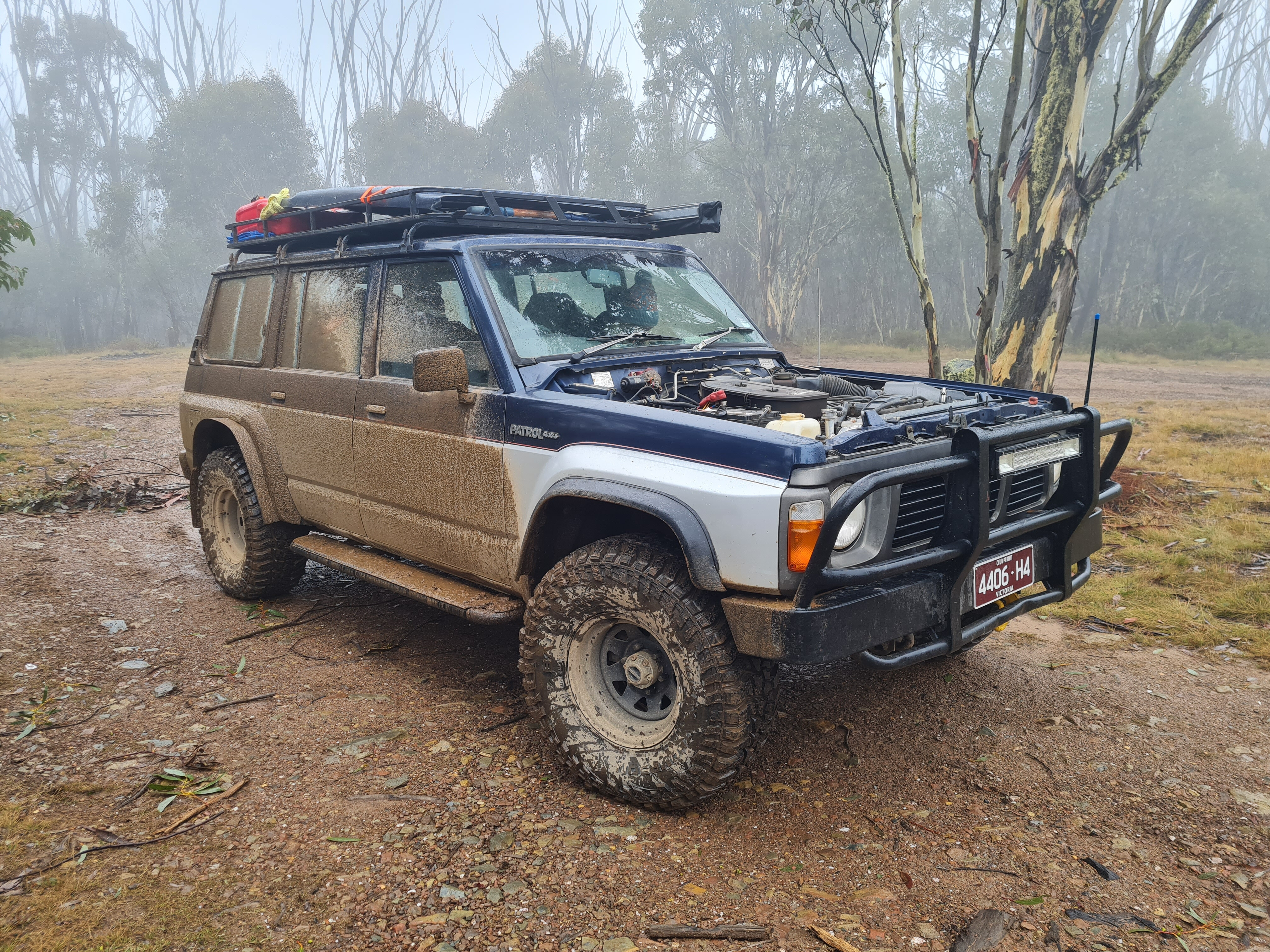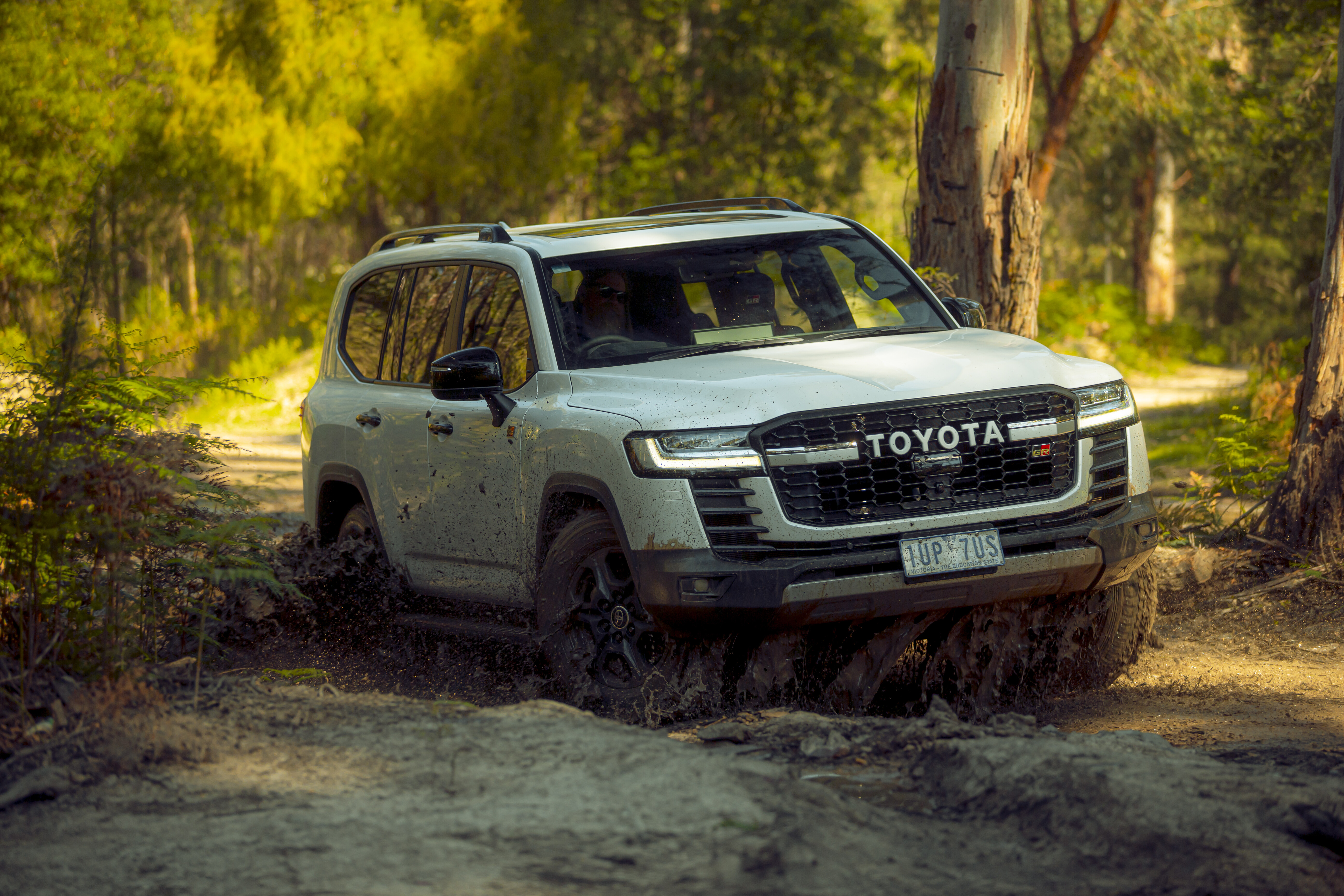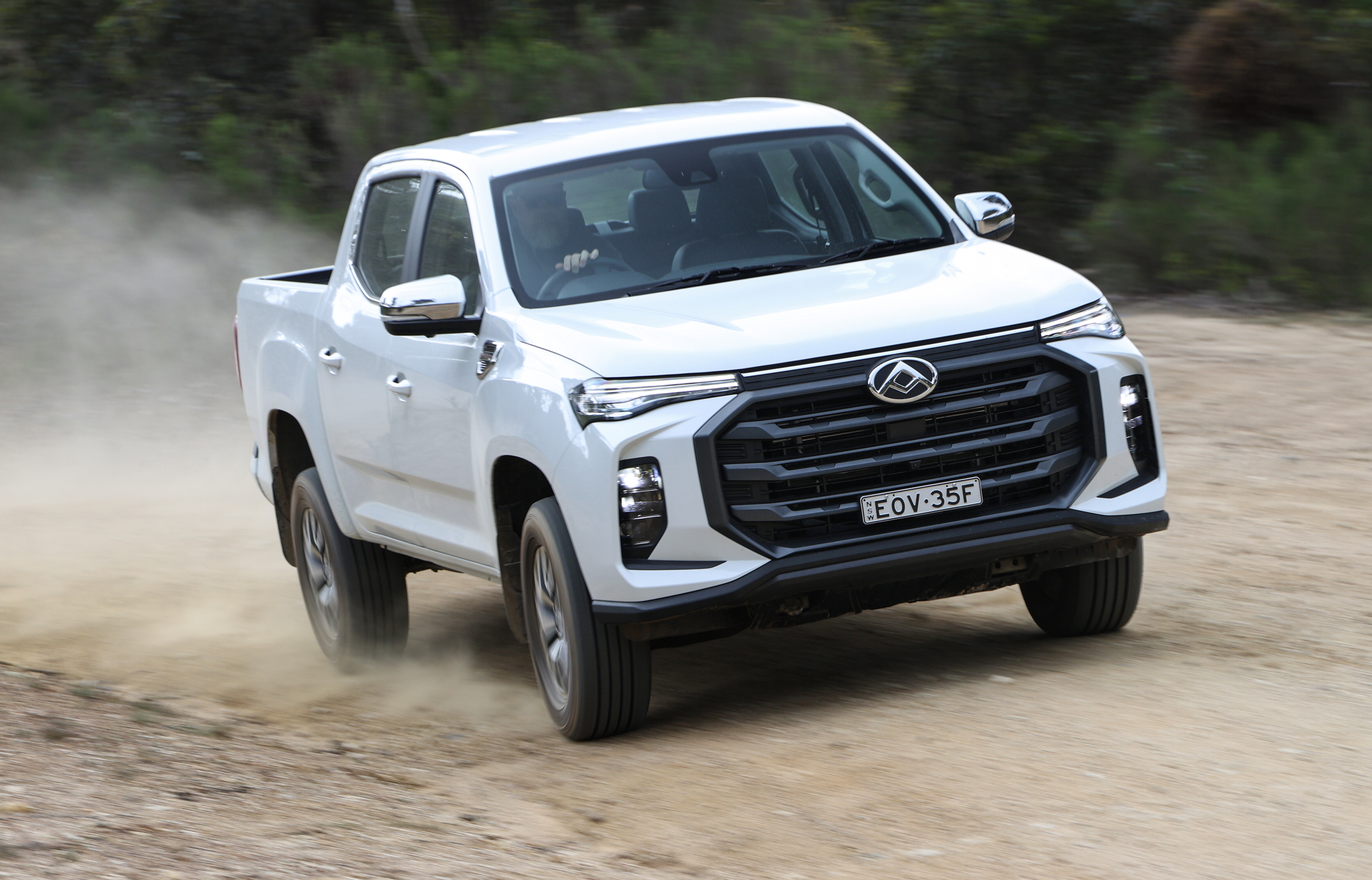IT IS IRONIC Holden left so much to General Motors’ international engineering teams with the RG Colorado that arrived in 2012.
After all, this is a company that built its reputation on Australian engineering and know how in building its brand over almost 70 years. And it doesn’t get much more Aussie than a Holden ute – although Holden marketing gurus have now decided it’s a truck, not a ute, but that’s another story.
It seems that was a message not lost on the post-GM-bankruptcy Holden team, one that faced a hard sell with the Colorado that was up against competition that was demonstrably better; think Volkswagen Amarok, Ford Ranger, Mazda BT-50 and Toyota Hilux.
So it was left to more than 100,000km of driving on local roads to re-engineer a car that is unquestionably one of the brand’s most important models. Enter the updated Colorado, a car with a bolder nose but the same basic body and chassis of the RG.
For this test we’ve focused on the dual-cab 4×4 range, which is priced from $44,990 for the basic LS, with its vinyl floors and 16-inch steel wheels. Still, it gets digital radio, Apple CarPlay and Android Auto connectivity, a reversing camera, seven airbags (including a driver’s knee airbag) and cruise control. As with all models, a six-speed manual is standard, with the six-speed auto adding $2200 to the price.
The LT’s brings a carpeted interior, 17-inch alloys and side steps for an extra $2000, while the LTZ (from $50,490) adds 18-inch wheels, auto air-conditioning, rain-sensing wipers, sat-nav and an alloy sports bar, among other goodies.
The flagship L71 is $54,990 and throws in a tonneau cover, roof rails, various black exterior finishes, leather seats and flash Z71 stickers for the bonnet.
DRIVELINE AND CHASSIS THE 2.8-litre four-cylinder Duramax turbo-diesel has no change to its 147kW peak output. The 440Nm mustered by the manual and 500Nm of the auto are also unchanged.
Instead, the engineering efforts have been focused on cleaning emissions and bringing them up to the Euro 5 standards that come into play late in 2016. Holden has also worked on refinement by relocating the balance shafts and changing the fuel injector and oil pan insulators. There’s also a new timing cover said to further reduce noise.
The six-speed manual has had its final drive ratio lowered from 3.73 to 4.10 with the aim of improving acceleration, especially in lower gears. The six-speed auto’s ratios are unchanged, but Holden has changed the torque converter to one with a “centrifugal pendulum absorber”, which allows it to lock up sooner and provide smoother shifts.
No changes to the part-time 4WD system, which allows shift-on-the-fly from 2H to 4H, as well as 4L selected via the rotary dial. There’s no rear diff lock, with Holden instead relying on electronics to maintain traction; those electronics have been tweaked as part of the model update.
The suspension has copped a big update. The steering ratio has been sharpened and a thicker front stabiliser bar fitted, combining with revised dampers to tie it down. The latest Colorado also benefits from a running change introduced in 2015; one leaf from the rear has been removed (for a three-plus-one set-up) and the remaining ones beefed up, so as to maintain the 1000kg-plus payload.
The Colorado still runs on Bridgestone Dueler rubber, but all three sizes (16-, 17- and 18-inch) have been recalibrated for the new suspension tune. Holden also offers an 18-inch Goodyear Wrangler AT tyre as part of an extensive accessories catalogue.
INTERIOR INSIDE is where the Colorado has had its most significant update. The polarising interior design that was previously dominated by a circular cluster of buttons has been dropped for this update. Gone too is the dual glovebox set-up and the dash-top covered container; instead there’s a larger single glovebox and an open binnacle on top of the dash.
It’s a more conventional layout and one that better integrates the key controls and systems with the shapes and contours. The materials and colours are also a big departure, most evident in the instrument cluster which ditches the iridescent blue glow for a more neutral approach with white gauges and red needles. Stitching across the dash is indicative of the efforts to smarten things up, as are the patterned silver air vent surrounds and silver streaks on each front door.
Less impressive are numerous shiny chrome touches that lack the elegance of more modern finishes and somehow seem out of place with the Colorado’s newfound restraint.
As before – and following a trend started with rival Toyota Hilux – there’s a vanity mirror only on the passenger’s side. The main thing that hasn’t changed is the steering wheel, something that still misses out on reach adjustment, instead only being adjustable up and down.
ON-ROAD DESPITE the extensive development program, it only takes a few kilometres behind the wheel of the updated Colorado to realise the newfound local knowledge has gone a long way. The 2.8-litre four-cylinder turbo-diesel is calmer yet quicker, a result of intensive work refining the drivetrain and that new torque converter that better harnesses the substantial 500Nm on offer in automatic models.
Feed on the throttle and it effortlessly taps into that torque, making for relaxed country cruising, often below 2000rpm. The six-speed auto blends nicely into the drivetrain equation, helping make the most out of the engine’s ample mid-range.
Changes to the steering and suspension bring newfound composure to Holden’s workhorse. There’s crisper turn-in and a more consistent feel throughout the arc of a corner, along with less wheel-twirling thanks to the sharper ratio. It’s especially noticeable at high speeds, where the Colorado is more predictable in bends.
It’s backed up by more grip from revised Bridgestone Dueler rubber. The bulk of our running was done on the 18-inch units on the Z71 and LTZ, which did a good job, even on wet bitumen.
It’s not all good news. The new crash warning system chimes in with beeps and flashing red lights when it predicts a rear-ender, but it doesn’t take any evasive action, as with smarter auto braking functions. The lane departure warning is also largely superfluous, beeping annoyingly on B roads to the point where you just switch it off to save your passengers asking what the noise is all about.
OFF-ROAD HOLDEN put most of its work into the on-road manners of the Colorado, with off-road tweaks focused on calibration of the traction control. We drove it into some sloppy mud and up some rocky hills, which it generally handled well – although the traction control allows some wheelspin before sorting things out. The limited slip diff also isn’t as effective as a locking set-up, allowing slip to the point where it can get stuck.
The hill descent control is excellent, though. Once activated, you set your speed by accelerating or braking and it maintains that pace. It’s a simple way to control steep descents and quickly adjust speed accordingly.
Decent ground clearance ensures it clambers over things easily enough and there’s a metal sump guard to take the sting out of light underbody grazes. However, the shielding ahead of the main guard is plastic. So if you’re planning on getting serious, best to opt for the chunkier three-piece accessory bash plate.
[specs] HOLDEN COLORADO DUAL-CAB 4X4 UTE ENGINE: DOHC 16-valve 4-cyl turbo-diesel CAPACITY: 2.8-litre (2776cc) POWER: 147kW @ 3600rpm TORQUE: 440Nm @ 1600-2800rpm (manual); 500Nm @ 2000-2200rpm (auto) GEARBOX: six-speed manual or six-speed auto 4X4 SYSTEM: part-time dual-range CONSTRUCTION: separate chassis FRONT SUSPENSION: independent/coil springs REAR SUSPENSION: live axle/leaf springs WHEEL/TYRE SPEC: 245/70R16; 255/65R17; 265/60R18 GVM: 3150kg PAYLOAD: 1000-1085kg TOWING CAPACITY: 3500kg SEATING CAPACITY: five FUEL TANK CAPACITY: 76 litres ADR FUEL CLAIM: 7.9L/100km (manual), 8.6L/100km (LS auto), 8.7L/100km (LT, LTZ, Z71 auto) PRICE: From $44,990





